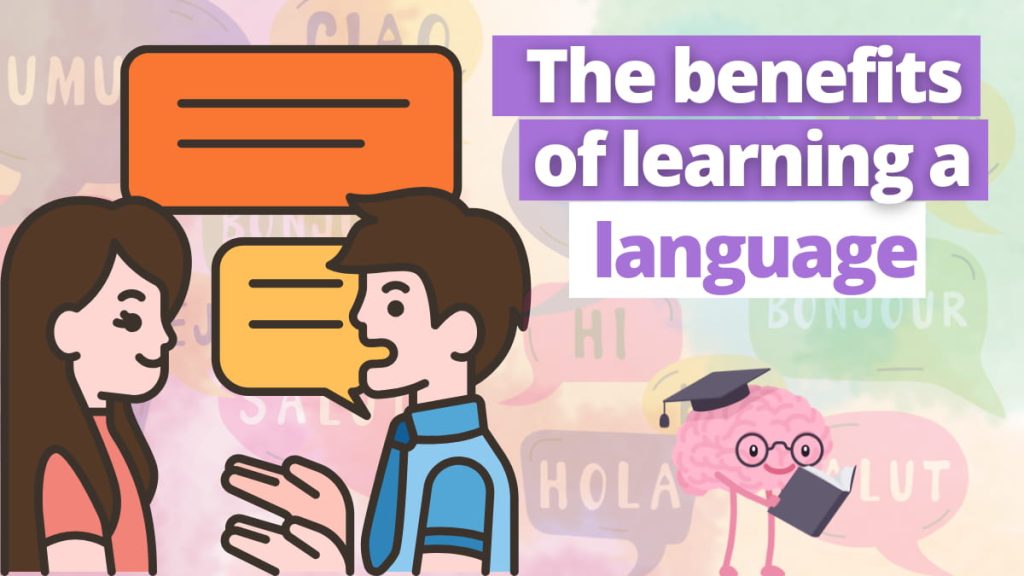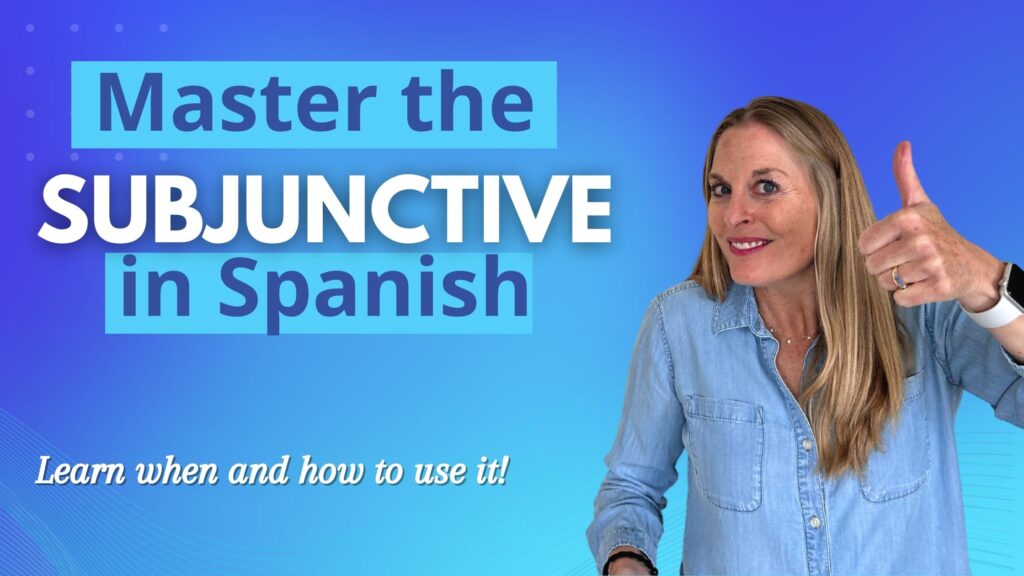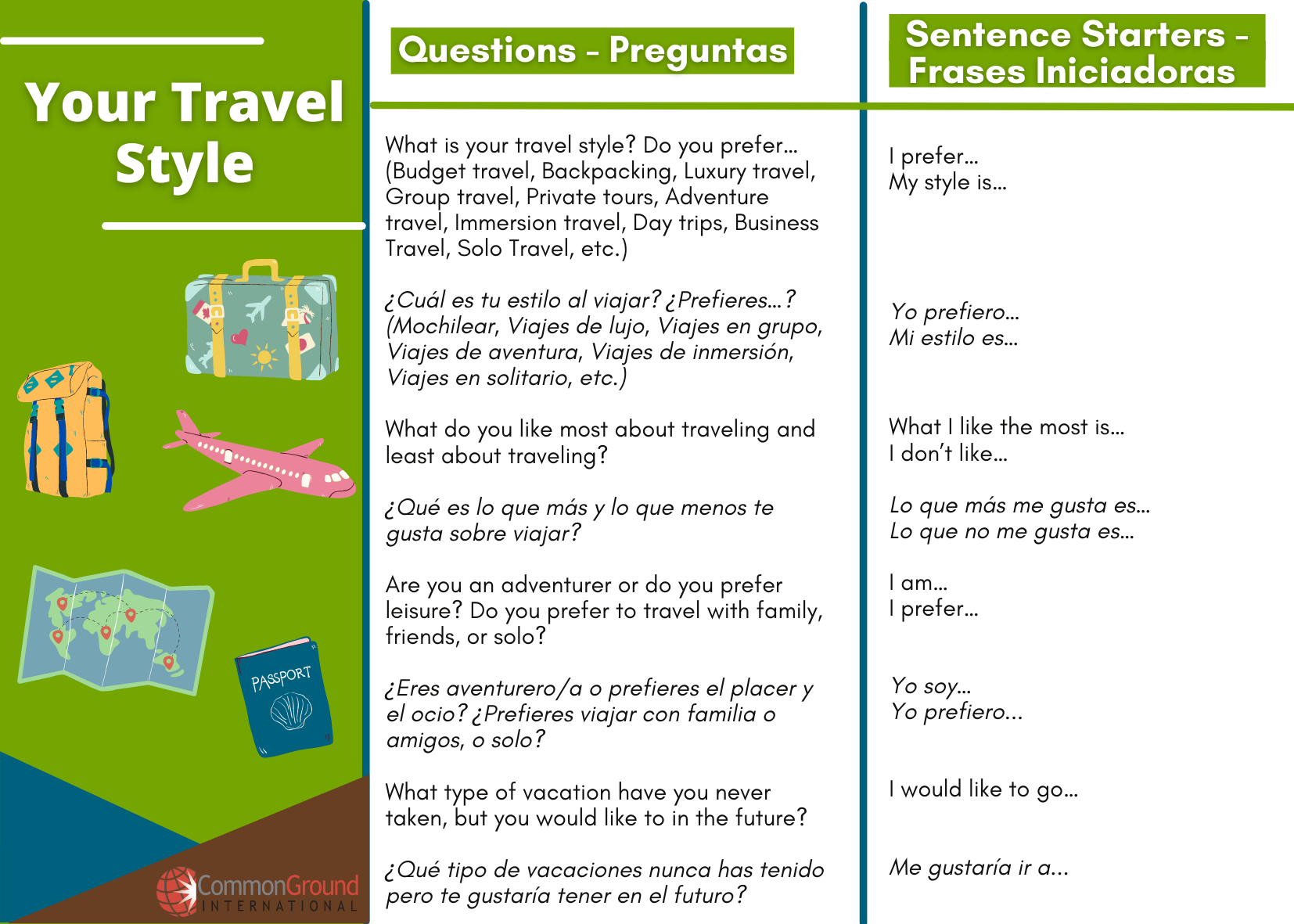Teaching Dyslexic Students Spanish- Great tips to ease the struggle

Common Ground International is admittedly no expert on learning disabilities, but recently we’ve been working with several High School students struggling with Dyslexia, and we’ve had some success. So here are 6 quick tips for teaching dyslexic students in your Spanish class:
- Be honest with your student. Learning a foreign language with dyslexia is going to require some extra effort. Some students may need to be reminded that the extra help they are given at school is not enough to succeed. The accommodations that you and your colleagues make for a given student are just part of the equation. Students need to be reminded (and parents sometimes too) that ultimately a their success is up to them. When teaching dyslexic students, regular reminders that you are working together as a team, and they have just as big a role in working through their challenges as you, may be an important strategy. The sooner the dyslexic student understands that the ultimate responsibility for their success is in their hands, the sooner you help them prepare for success throughout their lives.
- Look over the student’s notes on occasion and help them fix the misspellings. Dyslexic students often copy down class notes incorrectly. In other subject areas a misspelling may not be as big of a deal because it’s not the word they copied down incorrectly that they’re responsible for – it’s the general idea. However, when you copy down the Spanish verb comprender as cormpender (and it subsequently sounds like “corm-pen-der”) you’ve got a really hard time with the verb “to understand”. This might take you 10 minutes per unit to look over their vocabulary list – but it would help your dyslexic student a lot.
- Encourage your student to use flashcards. Flashcards are much more effective for the dyslexic student when studying vocabulary than a long list of Spanish vocabulary on lined paper. The fewer words at a time that the dyslexic student sees, the easier it is to concentrate and get that word into their usable vocabulary.
- Check in with the student’s parents and other teachers. There is clearly no benefit to trying to figure this all out on your own. Ask parents and teachers for tips they have and specific strategies that are successful for that unique student.
- Consider modifying how you put notes up on the board (or project them). It’s very easy in a dynamic Spanish classroom to have vocabulary, phrases, etc. spread out all over the board in random fashion (because you were standing on the left side of the room when X word needed to be written down, but you were on the right side when Y word needed to be written down) – and by the end of the class period the visual picture is a jumbled mess of verbs, nouns, phrases, circles, and underlines. Most of it is all horizontal, but squeezed in around everything is a diagonal word here and there; you get the picture. It’s a disaster for your dyslexic Spanish student. You might consider color coding certain things, having a defined space for grammar items and a separate space for vocabulary items, etc. Additionally, one of the most important things to remember when teaching dyslexic students is to make sure that the notes you have on the board (or projected) stay visible long enough so that the student doesn’t have to rush to write them down.
- Provide an outline for reading exercises. As students progress in Spanish level, you require more and more reading assignments. Large chunks of reading material are a classic challenge for Spanish students with dyslexia. You can significantly increase student success with this reading material by taking even 5 minutes to do a quick pre-reading activity. This might be in the form of providing a basic outline of the reading, or could even be as simple as just reviewing the comprehension questions at the end of the reading before the students take it home and work on it. Anything you can do to help frame the reading for the student will be better than assigning it out of context.
Again, Common Ground International claims no expertise in teaching for learning disabilities – but experience has taught us a few little tricks that tend to be successful when teaching dyslexic students. You may have other useful tips as well, and we welcome your responses to this blog. For further information on specific tips when working with dyslexic students, here are a few helpful websites:





For the pre-reading activity suggested in #6, paste the text to Wordle.net and the most common words will be larger than the others. Great way to pre-teach the vocabulary.